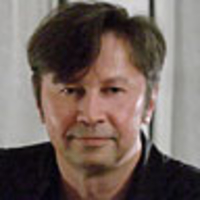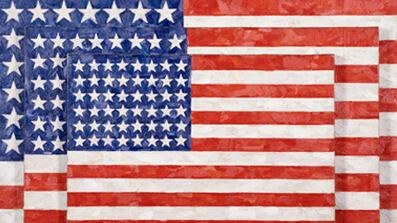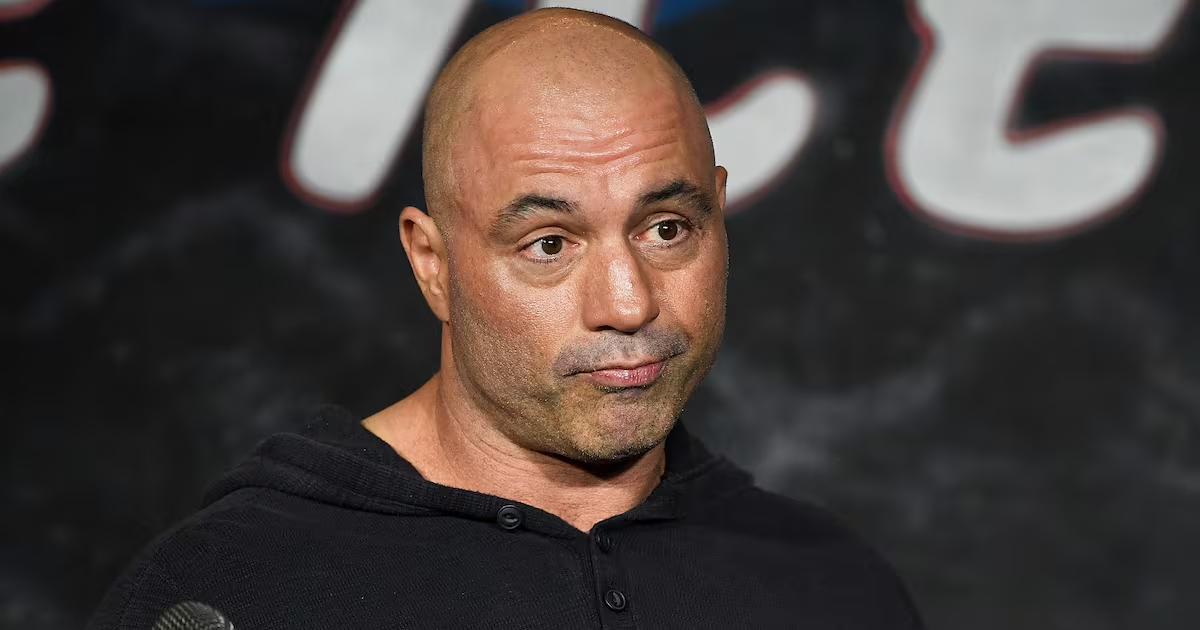From Boston to Beijing, anyone who knows anything about art knows the Pace Gallery. To celebrate 50 years of exhibiting historically important artists, the gallery will kick off the fall season with a multivenue retrospective that brings together seminal artworks that have passed through its doors, along with select pieces from its current stable. The sprawling show, conceived a decade ago by Pace Gallery founder Arne Glimcher and three years in the making, cost a fortune to assemble and takes up four of the gallery’s New York exhibition spaces (at 57th Street, 22nd Street, and two on 25th Street), with each venue offering a different aspect of Pace’s history.
GALLERY: View some of Pace Gallery’s most influential pieces

“When you look at this show, it’s hard to beat the fecundity of the 20th century,” said Glimcher, when we met at the gallery, “but, in a way, it was the unraveling of everything that had been out together in the previous five centuries.”
The Pace Gallery, which was named after Arne’s father, Pace Glimcher, got an impulsive start in 1960. Noticing an empty storefront on Boston’s fashionable Newbury Street, 22-year-old Arne decided to open a gallery while still an MFA student at Boston University. Glimcher lost money showing the work of his professors until he daringly landed a show of Louise Nevelson’s work and later organized an early Pop Art exhibition, which paved the way for bigger things in New York, where he opened a gallery with Fred Mueller in 1963.
Two years later, the gallery closed its Boston space and Glimcher permanently moved his family to New York. When asked what it was like growing up in a household in the art business, Marc Glimcher, Arne’s son, who joined the gallery in 1985, replied, “Hold on, let me get my therapist on the phone.” He continued, “When we moved from Boston to New York, my parents’ entire life was the artists. Questions about art and life weren’t something you discovered later on in life—it was a given.”
“The biggest struggle of the early years was staying alive, but things started to click around 1968,” said Arne of the move into the space at 32 East 57th Street. Pace Editions, the print-publishing arm, began that same year, with Richard Solomon at the helm, and it officially got a gallery space when it took over a floor at East 57th Street in 1971. Pace Primitive, which shows African and Oceanic art, opened its doors in 1973, and Pace MacGill, a photography venture with Peter MacGill, kicked off in 1983. The biggest expansion for the gallery during that time was the 1990 opening of 142 Greene Street, a space the gallery artists really wanted for higher visibility in SoHo, where the contemporary art world was centered. When the art world moved west to Chelsea, Pace followed suit, opening its first space there on West 25th Street in 2001.
In 1993, the gallery partnered with the historical art dealers Wildenstein & Company to form the powerful PaceWildenstein. “It gave us access to their inventory of older art and gave them access to our inventory of modern and contemporary works,” said Arne. “We had the whole history of art to work with together. It worked very well, but the gallery has now moved into an area that’s too modern for them, and in reality Marc didn’t want to continue.” The partners went their separate ways this summer.
While most New York galleries are expanding to Europe and Los Angeles, where the gallery had a space from 1995 to 1999, Arne sees the future in China, where he established Pace Beijing in 2008. “China has been very exciting for me. I love China. Marc has overseen the expansion of the gallery here and in Europe, but China is my baby. The future of the world is already China. The next middle class of collectors is coming up in China. They’re collecting mostly Chinese art, but eventually they’ll be collecting Western art. Sterling Ruby will have a show there in March.
“We have plans to expand to Shanghai and Hong Kong. I don’t think anyone can be stronger than we are in Asia. People are very familiar with artists like Zhang Xiaogang and Yue Minjun, but the younger generation that nobody knows here yet is incredible. They have so much more to say than the Western world has to say. The Western narrative is over; the Chinese narrative is just beginning.”
The Pace Gallery has a solid plan for the future and hard-working heirs in Marc and his savvy wife Andrea, who runs the public-relations realm of the gallery. Approaching new times, the gallery has recently added several new directors, including Nicola Vassell from New York’s now-defunct Deitch Projects and James Lindon from London's esteemed Victoria Miro Gallery, as well as Europe-based specialists in Russian and Middle Eastern art. With 50 years experience and a new team on board with the seasoned players, the gallery is celebrating its anniversary in high style.
Pace’s prestigious 32 East 57th Street location presents mini-reprises of historic shows. A staggering 11 pieces by Pablo Picasso—including a 1932 surreal portrait of Marie-Therese Walter, which rivals Steve Wynn’s famous elbowed-masterpiece from the same series—are on view with several of his bronze and steel sculptures.
One of Glimcher’s favorite artists, Jean Dubuffet, is represented with more than a dozen works in a variety of media. Willem de Kooning’s Woman II, lent by the Museum of Modern Art, complements a Dubuffet.
“I’m interested in the challenge that artists now have to do something that’s significant and that speaks to the contemporary culture in a lot more ways than just being a product in rich people’s homes,” Glimcher said. “Art isn’t that at all. Art is a tool by which society extends its perception.”
Downtown at 534 West 25th Street, the focus is on Pace’s long association with Pop Art and Abstract Expressionism. Jasper John’s 1958 painting Three Flags, which depicts three American flags of diminishing dimensions stacked atop one another, is a standout. (In 1980, the gallery sold it to the Whitney Museum of American Art for $1 million.) The Whitney is also lending a 1963 John Chamberlain assemblage of crushed car parts, Claes Oldenburg’s whimsical 1963 soft sculpture Giant BLT (Bacon, Lettuce, and Tomato Sandwich), and a large 1956 abstract canvas by Clyfford Still.
Other highlights here include Andy Warhol’s iconic 1962 Marilyn Diptych; Roy Lichtenstein’s Girl with Ball, also from MoMA; Robert Rauschenberg’s 1953 Erased de Kooning Drawing, from SFMOMA’s collection; and a poured-and-dripped Jackson Pollock painting from 1951.
On West 22nd Street sit Minimalist Art and postmodernist pieces. Light works by Dan Flavin and James Turrell are juxtaposed with canvases by Elizabeth Murray, Julian Schnabel, and David Hockney, who had his first show with the gallery in a double-venue display last year. And there’s Kiki Smith’s 1994 bronze and glass sculpture of a crouched figure mysteriously floating on the wall.
“We’ve known Kiki since she was a girl. We represented Tony Smith, her father, for many years,” explained Glimcher. “I sat with Kiki in the hospital during the last week of Tony’s life,” continuing, “Kiki came into our SoHo gallery one day in the mid-‘90s and told the director, Susan Dunne, that her astrologist had told her to come to us. Having a feminist nature, Kiki was impressed that Susan was running the downtown gallery. We were a little worried at the time because her gallery was beloved and its owner was extremely ill. I would have never gone after her, even though I had already bought her work.”
Ten more artists join this mix, including Chuck Close, whose larger-than-life 1985 portrait, Fanny/Fingerpainting, captures his wife’s grandmother in pigment applied to the canvas with the artist’s fingertips. Close recently told The Daily Beast by phone that, back in the '70s, he sought new representation, so he met with Glimcher over sandwiches in the gallery.
“After [two hours] of discussion,” Close said, “I stumbled out of there with my head spinning. I thought, This guy knows what I’ve been doing the best, he seems to have the best game plan for the future, and he’s also very passionate about what I do. You really want to be someplace that wants you, and I got the feeling that he really wanted me. Plus, I got the feeling that he wanted me to give him input about other artists that he might consider taking on, which was the case.”
Pace recently bought the building that was home to Bortolami Gallery, at 510 West 25th Street, to use as its fourth Manhattan space which now houses diverse works by the gallery’s contemporary artists: Tara Donovan’s 36-inch cube made from thousands of straight pins; Tim Hawkinson’s motorcycle constructed out of an accumulation of feathers; and Sterling Ruby’s brand new abstract painting (he is the youngest artist in Pace’s stable).
“I didn’t think that any young artist could comfortably believe that a dealer who represents such historical and fiscally heavy art would have any interest or be any good at showing someone like myself,” Ruby confided. “But Pace is radically different from most blue-chip galleries; they are more like art historians than dealers. It’s a family-run business, which I really trust, and, quite frankly, I have never previously experienced this kind of support.”
What will the next 50 years hold at Pace? Marc says, “There is more to representing art than selling art. The life of the gallery is dependent on the renewal and refreshment of its artists and dealers. When that stops happening, it’s the end. There are a lot of people out there hungry for that kind of relationship, and that’s what creates a great future.”
Pace at 50 Years, which is accompanied by a comprehensive catlogue that documents the gallery’s history, and a free, downloadable iPhone app, featuring audio clips of artists and art historians and a walking tour of public works in Manhattan, opens September 17 and runs through October 23.
Plus: Check out Art Beast, for galleries, interviews with artists, and photos from the hottest parties.
Paul Laster is the editor of Artkrush.com, a contributing editor at Flavorpill.com and Art Asia Pacific, and a contributing writer at Time Out New York and Art in America.





